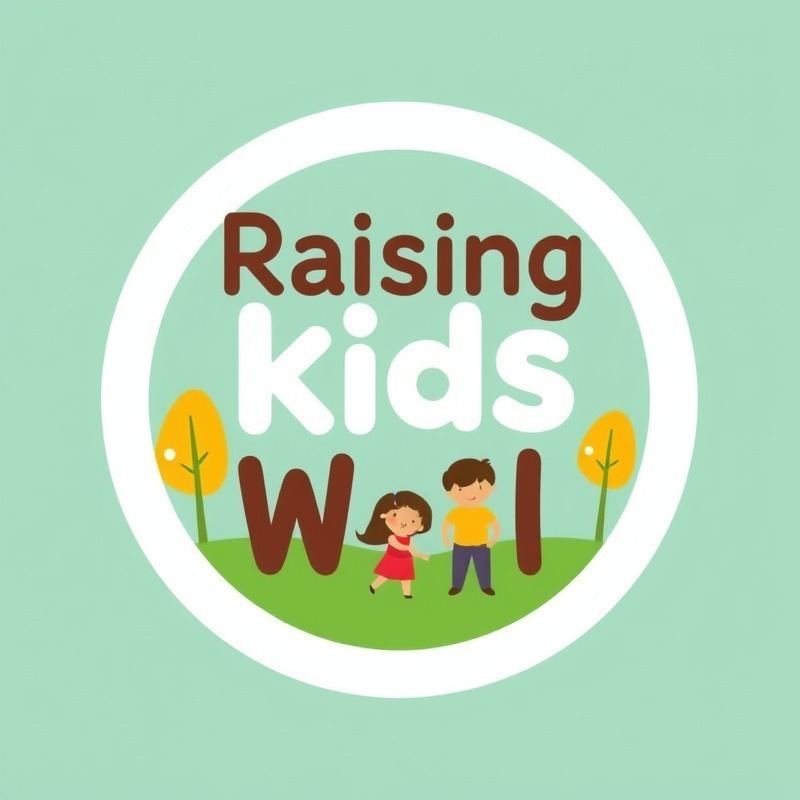
Understanding Why Children Hit: More Than Just Bad Behavior
For many parents, the moment when their child hits them can feel shocking and painful, both emotionally and physically. Understanding the root cause of this behavior is crucial. Children often resort to hitting not because they are inherently 'bad', but because they struggle to express complex emotions. Frustration, fatigue, overstimulation, or a desire for attention can prompt this type of physical expression. Recognizing that such behavior stems from overwhelmed emotions can help parents approach the issue from a place of empathy rather than frustration.
Immediate Responses to Hitting: A Calm Approach
When confronted with hitting, staying calm is essential. Parents should take a moment to breathe and remind themselves that their child is having a hard time, not trying to sabotage their day. Calmness sets the tone for a stable resolution. Next, it’s important to engage in a simple observation: stating, “I see you hit me,” helps children understand that their actions are recognized without invoking shame. Following this, offering empathy allows children to connect their actions with their feelings, demonstrating that adults understand how they feel. This kind of validation helps lower a child's inclination to lash out.
Establishing Boundaries: Teaching Safety and Alternatives
Clear boundaries are vital for teaching children what is acceptable behavior. A firm yet compassionate statement such as, “I understand that you’re upset, but hitting is not okay,” provides a clear distinction between feelings and actions. Furthermore, guiding children towards healthier outlets for their emotions—like stomping their feet or using words to express feelings—sets a foundation for emotional intelligence and communication.
Long-Term Strategies: Coaching Emotional Awareness
To effectively replace hitting with healthier expressions, parents can implement techniques that involve emotion coaching. This strategy encourages children to articulate their thoughts and feelings using a wider emotional vocabulary beyond just ‘happy’ or ‘sad’. Engaging children in discussions about various emotions provides them with the tools to better express themselves verbally. This approach not only helps reduce incidences of hitting in the future but also fosters emotional resilience in children as they learn to navigate feelings more adeptly.
Creating a Supportive Environment: Role of Adult Behavior
Parents and caregivers play a crucial role in shaping a child’s behavior. Showing healthy ways of managing frustration or sadness can serve as a model for children. For example, sharing a personal story—like how you felt frustrated when stuck in traffic—can open a dialogue about feelings and express appropriate actions to take in such situations. This establishes a supportive environment where children feel safe to express themselves without turning to aggression.
Important Takeaways: The Power of Empathy and Communication
Understanding the ‘why’ behind hitting is the first step towards a compassionate and effective response. The use of calm communication, clear boundaries, empathy, and emotional coaching can transform phenomena of hitting into teachable moments. Not only does this encourage better emotional regulation in children, but it also strengthens parent-child relationships through understanding and mutual respect.
Join the Conversation: Addressing Parenting Challenges Together
As parents navigate the challenges of childhood, discussing experiences and strategies can greatly benefit everyone involved. Sharing insights helps build a community where parents can lean on each other for support and understanding. If you’ve enfrented similar challenges, join the conversation online or at your local parenting meetup to exchange stories and solutions. Remember, no parent is alone in this journey.
 Add Row
Add Row  Add
Add 



Write A Comment